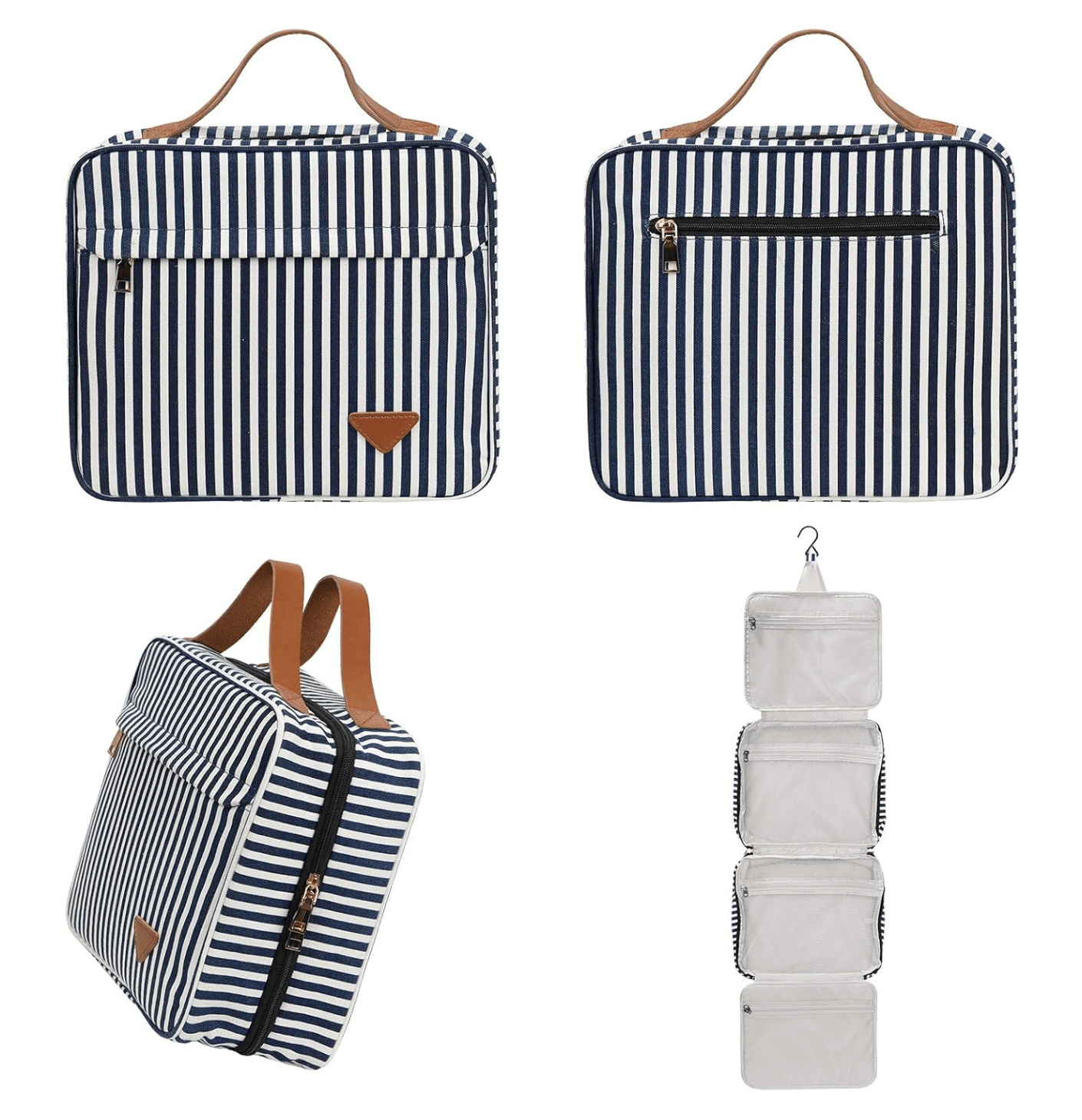
Join my monthly email! Sign up
Join my monthly email! Sign up
I love solo travel. Let me share my love with posts on your first time flying alone, top tips for solo road trips and walking alone. You can also read my post on whether solo travel is a feminist issue, and my safety tips for solo travellers too.